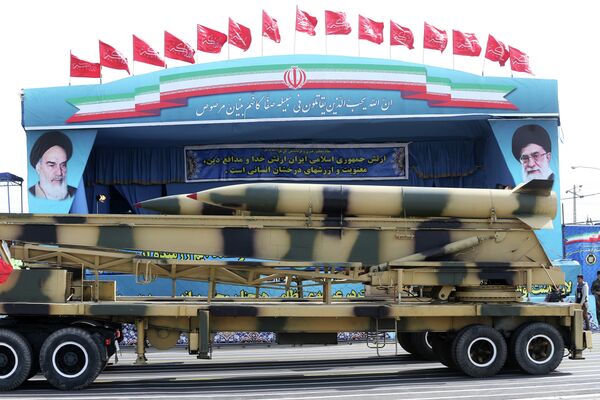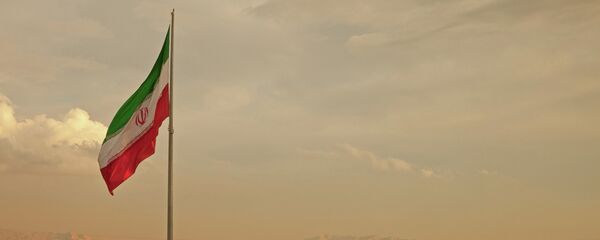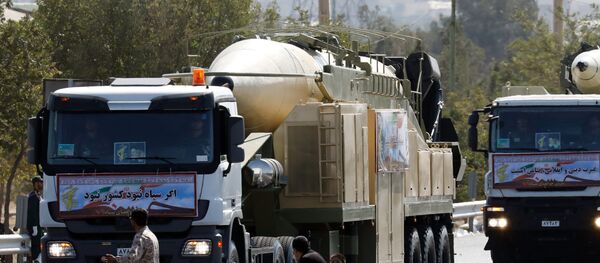US legacy warplanes still remain in Iran's service despite decades of sanctions, Seyyed Mostafa Khoshcheshm, Iranian military analyst and political commentator told Sputnik Persian.
"The Americans thought that two years after the revolution [of 1979] in the conditions of war with a neighboring country [Iraq], which was supported by 37 states, Iran and its Air Force would inevitably give in," Khoshcheshm said. "But as we can see, their calculations proved to be wrong. This is the same now: the goals that the US wants to achieve by changing the regime in [Tehran] cannot be compared with those problems that could stem from sanctions and the absence of American firms in Iran."
There are a number of US anti-Iran sanctions still in force, in particular those concerning the country's armaments and aviation.
The question then arises how the Islamic Republic copes with the maintenance of weapons under US sanctions and why Washington refused to service the US-made aircraft.
Khoshcheshm explained that during the Iran-Iraq War (1980 — 1988) which followed the 1979 Revolution and the severance of diplomatic ties between Tehran and Washington by then President James Carter, the US did whatever it took to disrupt Iran's efforts to get the equipment, spare parts and maintenance technology for its aircraft.
"[Washington] extended the sanctions regime [against Tehran] and forced the international community to exert further pressure Iran," the military analyst recalled. "All over the world, Iranian pilots are known as professionals. However, due to the shortage of spare parts for aircraft, Iran faced problems while exploiting the aviation equipment."
The political commentator highlighted that because of the continuation of sanctions, this technology was further developed. As a result, "the country, which previously could not produce even a bullet, has reached high [technological] levels, so that even the US expresses its concern over Iranian missiles," he pointed out.

As for the IRI Air Force, the Islamic Republic is currently manufacturing not only the details for aircraft maintenance but also designing and producing its own equipment: For example, at present Iran is one of only a handful of countries that produce ground and airborne radars; and many of country's US-made planes radars have been replaced.
The aircraft armaments have also been modernized: "This applies to laser bombs, heavy 'smart' bombs such as the "Qased" [a 1000 kg Iran-developed munition]," the military analyst stressed, adding that thermal guidance missiles and other aircraft weapons have also been substantially modernized in the country.
Khoshcheshm opined that the sanctions turned out to be a catalyst for technological development of the Islamic Republic.
"Due to sanctions, Iran has achieved great results in reverse engineering, especially in the defense industry," the commentator highlighted. "Iran has become one of the most developed countries in this sector."
"Over two years… an improved Iranian unmanned aerial vehicle (UAV) of that type was created, and the production of drones was launched," Khoshcheshm said. "The Iranian model can be used both for military and reconnaissance purposes, as well as for intercepting enemy targets, while the US [UAV] can only conduct reconnaissance."
However, according to the commentator, manufacturing of weapons is primarily triggered not by accompanying economic benefits but by the strategic necessity.
"From the outset of the Islamic Revolution, the US tried to achieve its goals by imposing sanctions against Iran," Khoshcheshm underscored. "In fact, if the Americans knew… that Iran would be able to produce various aviation simulators and aircraft and reach the level of development so that it would be able to create helicopters, including the Bell helicopter while being subjected to sanctions, they would have never imposed restrictions against Iran."





